Good Morning Vietnam!
After a good five months in China, it was finally time to leave on an eight-hour bus journey to Hanoi, Vietnam. It was a warm, sunny day and the bus was packed with Chinese passengers – for a few of them it was their first ever time abroad. I loved the feeling of crossing an international border by land, watching China blend into Southeast Asia, Chinese locals turn into Chinese tourists, a new currency in my wallet and a new language on the road signs.
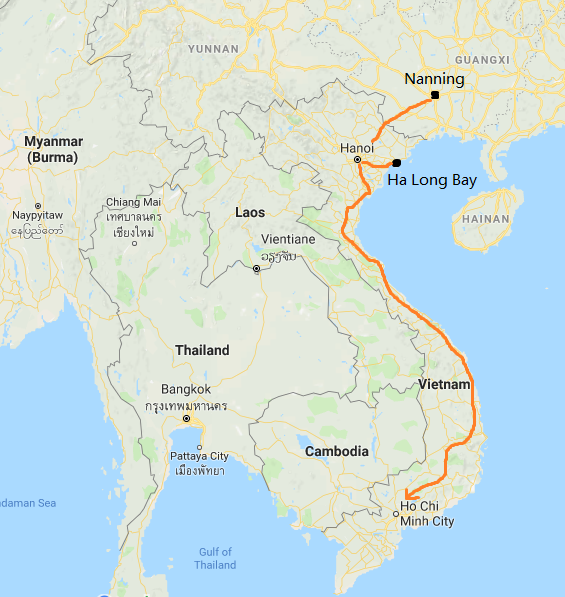
A few years ago, I’d only heard of Vietnam in films like Forrest Gump, and I was vaguely aware that they’d had a war with the US. It wasn’t until I found a clip of traditional Vietnamese music on YouTube that I became interested in the country, and the more I researched it, the more appealing a travel destination it became. It looked like an intriguing new part of Asia to explore: 4,000 years of history, a culture heavily influenced by China and France, mouth-watering food, jungles, mountains, beaches, and charming people.
I came to Vietnam with high expectations, but I wasn’t disappointed in the slightest – if anything, it was a far more pleasant, beautiful and fun place to travel than I could have envisioned.
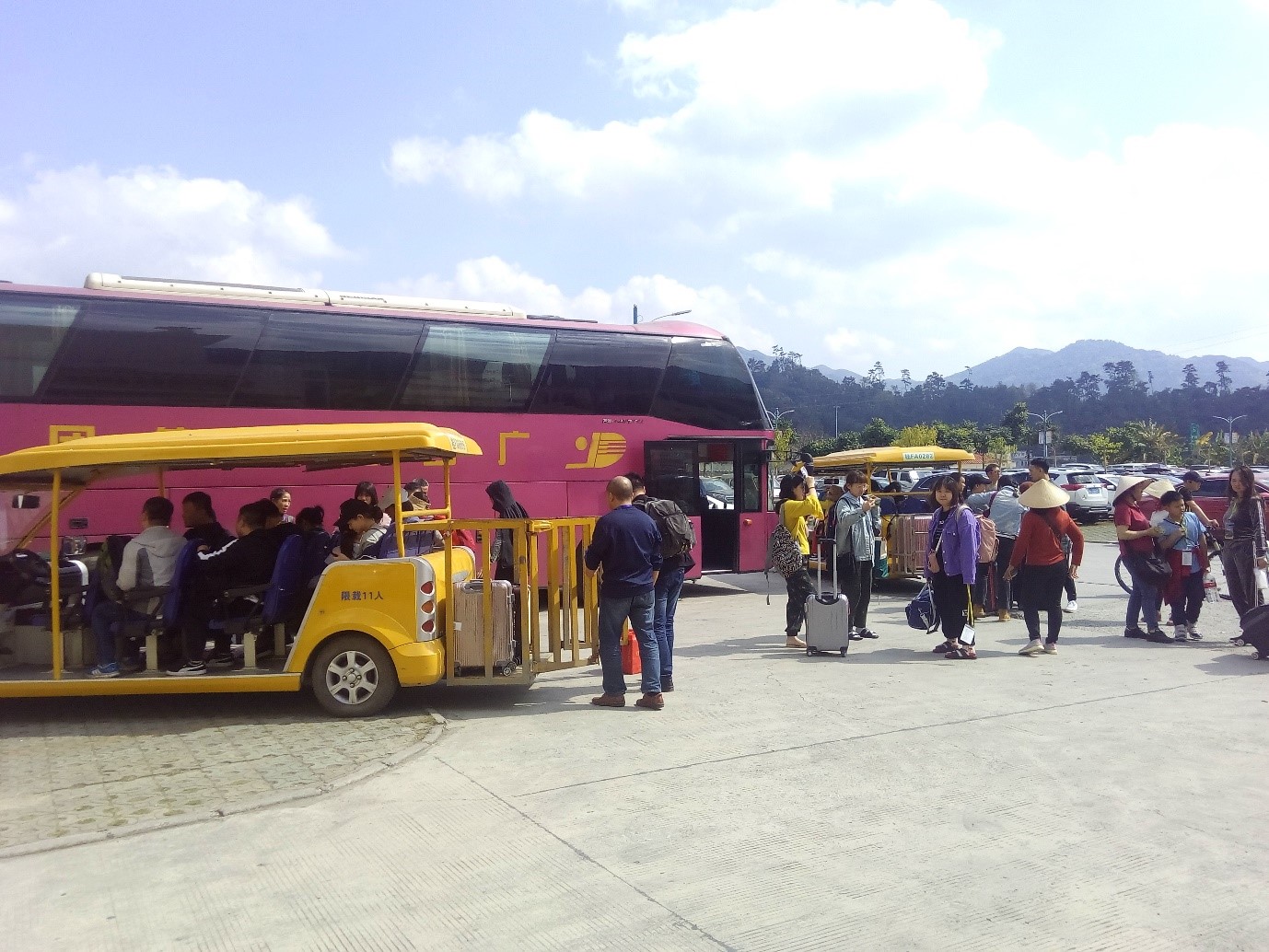
Hanoi (6-8 February)
After the bus arrived, I checked into my hostel in Hanoi’s Old Quarter and went around to try as much food as possible. Street stalls were abundant, selling everything from traditional noodle soup (known as “phở”) to coffee and baguettes. Customers were served at small plastic tables and stools which covered every square inch of the pavement. There was a constant stream of motorbikes whizzing and beeping their way through the cobbled streets, and for the first time in my travels I could see other Western backpackers everywhere I turned.
What I loved about Hanoi was its unique atmosphere of different cultures mixed together. It felt like Southeast Asia with a Parisian twist: hot and chaotic, yet laid-back and easy-going; rustic and shabby, yet charming and civilised. Both Confucian temples and French cathedrals were within walking distance, and decent bread and coffee were just as accessible as rice and spring rolls.
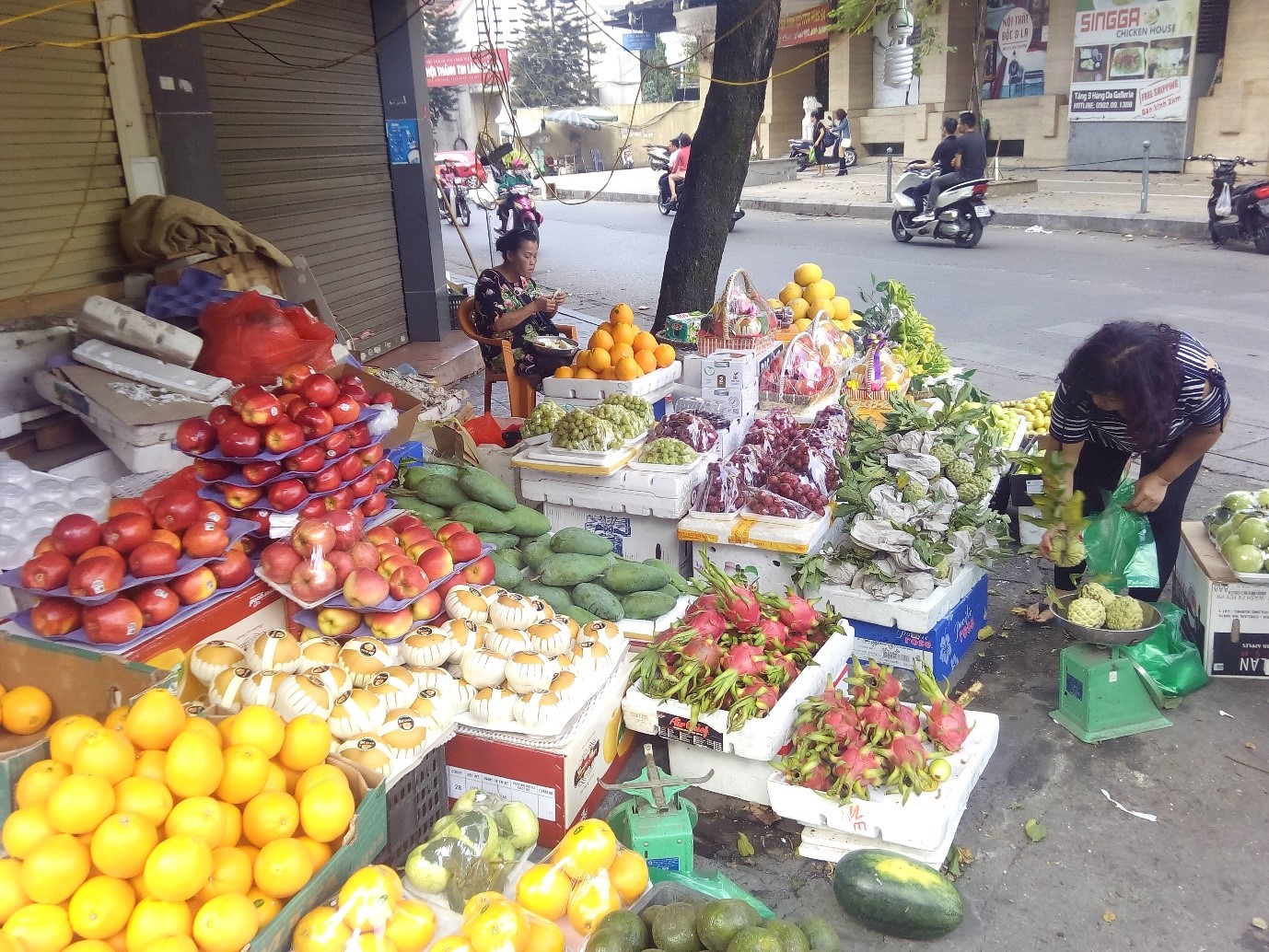
The next day I joined a tour to Ha Long Bay, a UNESCO World Heritage Site on Vietnam’s northern coast. We took a cruise around some of the 1,600 limestone islands floating in the bay, had a seafood lunch, went kayaking and briefly visited a cave. It was some of the most stunning natural scenery I’ve ever seen. I would recommend anyone thinking of going to Vietnam to spend one or two days there.
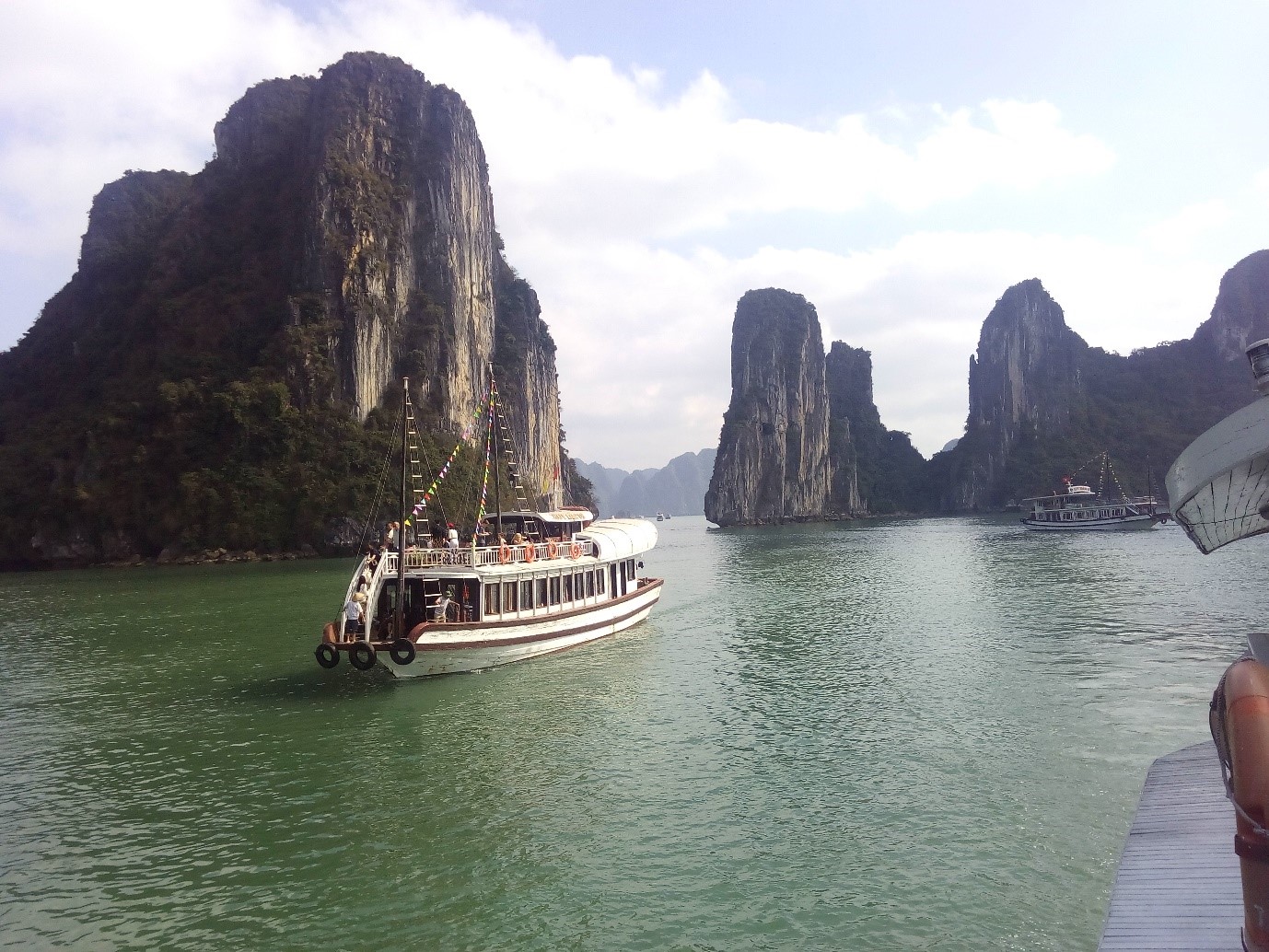
Our tour guide, a young man named Hưng, was very helpful and enthusiastic. When we got back to Hanoi, he helped me buy a SIM card and gave me a lift back to the hostel on the back of his moped – a fun way to travel through the Old Quarter, even if I was almost decapitated by a few wingmirrors.
The following day I visited the Temple of Literature and saw traditional music performances at the nearby lake. While having lunch, I noticed an old Vietnamese man and a tourist from Bordeaux sitting next to me, having a conversation in French. I couldn’t resist joining in, and it was good to use my high school French again (five months of Chinese fortunately hadn’t wiped it out completely!).
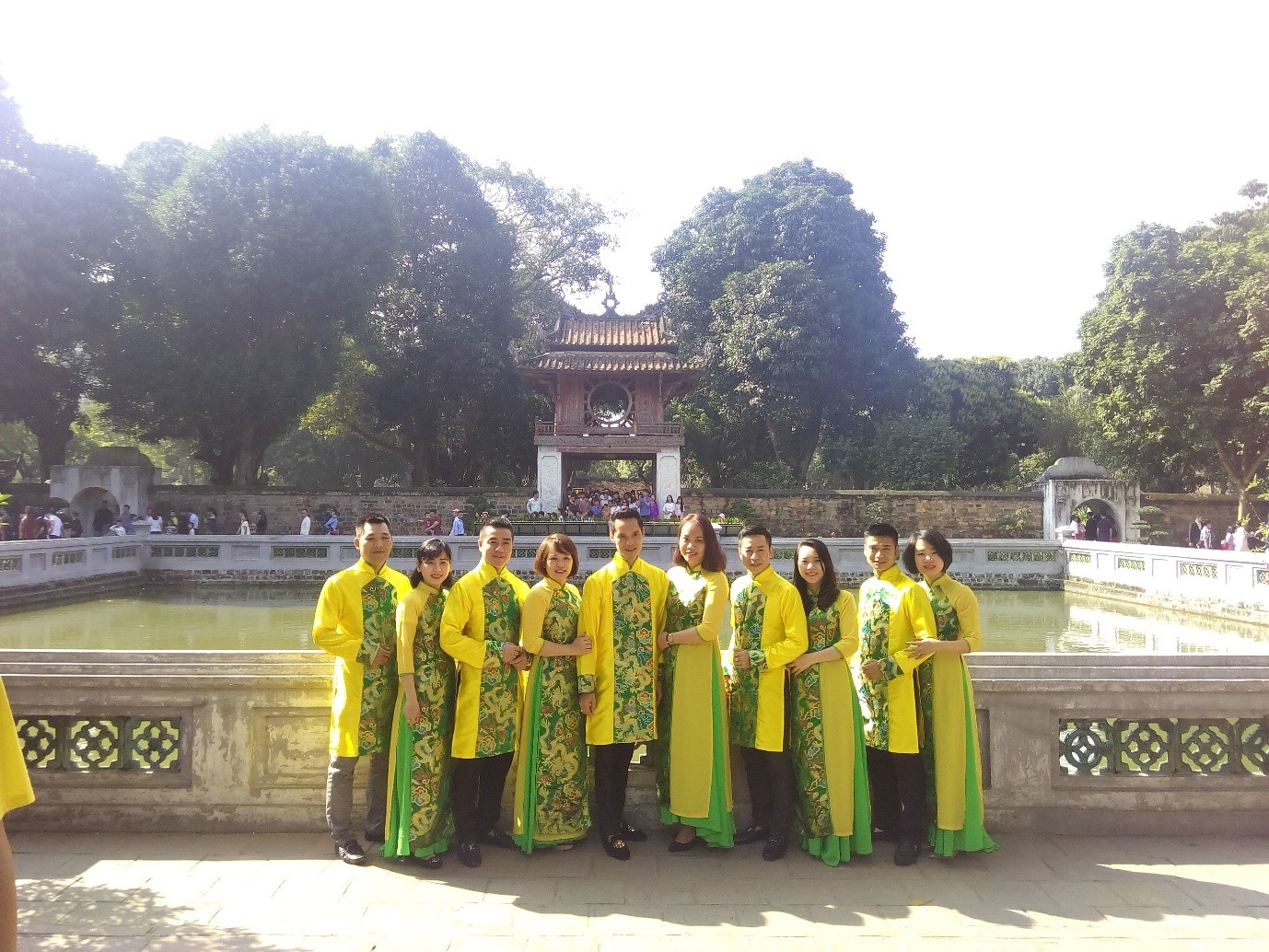
Hanoi to Saigon (8-10 February)
Some of the other scholars were going to Saigon in southern Vietnam on February the 10th, so I arranged to head south and meet them there. Not wanting to splurge my budget on a flight, I instead opted for a “soft seat” on a 39-hour train. Again, it wasn’t as bad as it sounds. It was a very comfy seat in a quiet carriage, so I could easily fall asleep. It was also interesting to note the difference between trains in China and Vietnam.
Chinese trains feel a lot more formal and regulated. The train stations feel rather like airports, having a thorough security check, a large waiting hall and a “departure gate” for each train. In Hanoi, however, I could walk directly from the station entrance to the platform and simply hop on board. The Vietnamese train felt a lot more laid-back: I could walk around the carriage in bare feet and stick my head out the window for fresh air. I spent most of my time looking at the palm trees, villages and rice fields tumbling past the window, as well as exploring the other carriages (I felt sorry for those in the “hard seat” carriage, who had only wooden benches to carry them the whole journey). Occasionally a trolley would come down the aisle selling fresh food and coffee, and whenever the train stopped, vendors would come on board to try and sell their goods, hopping off just before the doors closed.
Saigon (10-14 February)
After two nights on board, I arrived in Saigon (otherwise known as Ho Chi Minh City) at 7:00am Sunday morning. I made my first stop at an international church, arriving just in time for the morning service. It was lovely to meet some of the expat community in Vietnam, and I went out with a Taiwanese couple for lunch after the service to hear about their life and experience in the country.
That afternoon I met up with fellow scholars Jack, Ross, Liam, Paul and Charles, who’d just flown in from Singapore. After two weeks travelling by myself, I was glad to see familiar faces. I enjoyed the freedoms of solo travel, being able to decide my own itinerary and focus on activities which interested me. However, it wasn’t always easy to deal with loneliness. When I joined the group, it felt like a huge relief. Now I had friends to chat with face-to-face and I could simply tag along instead of rigorously planning each day.
After our first night’s sleep in Saigon, we set off early in the morning for a day trip to the Mekong River Delta. Here we could enjoy Vietnam’s natural landscape of jungles, farms, rivers and fruit plantations, and did some cool activities like cruising around the delta, riding a bamboo boat through a swamp, visiting a pagoda and trying coconut candy.
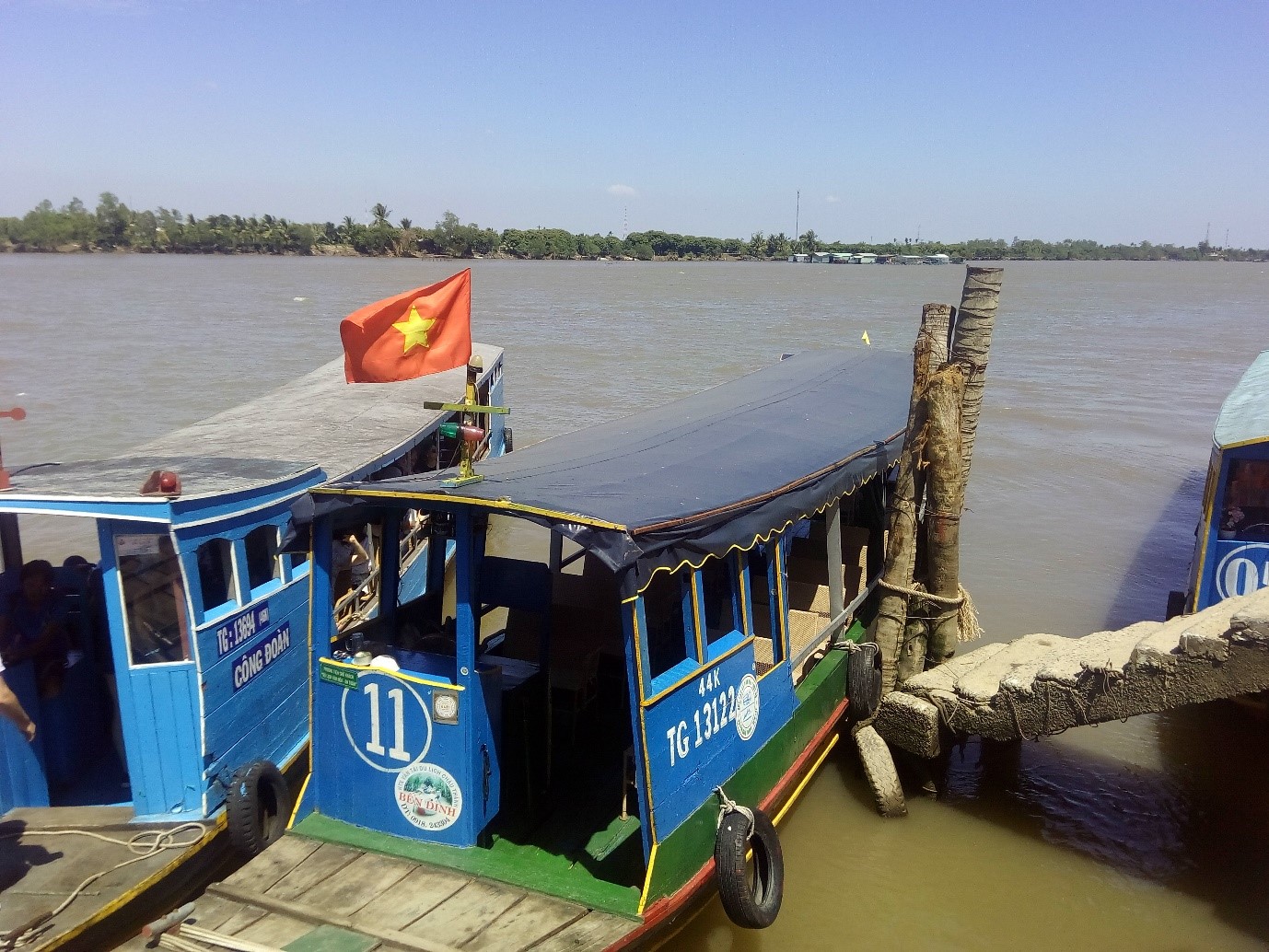
Over the next two days we visited the War Remnants Museum and the Cu Chi Tunnels. I hadn’t appreciated how serious the effects of the Vietnam War were, and I found the museum’s display rather harrowing, particularly the pictures of Vietnamese people affected by U.S. chemical weapons. One evening we found a small shop selling old posters from the wartime and had a conversation with the woman in charge about how Vietnamese people nowadays reflect on the war. Despite the horrific things we’d read about in the museum, I was surprised to hear that she didn’t have a negative view of the U.S., but instead was thankful for the restoration work they’d done for the country since the war. It was interesting to hear her perspective on the subject, and we made sure to buy a few posters as souvenirs.
Overall, I can’t recommend Vietnam highly enough as a travel destination. It’s a country I have fallen in love with and to which I would gladly return.
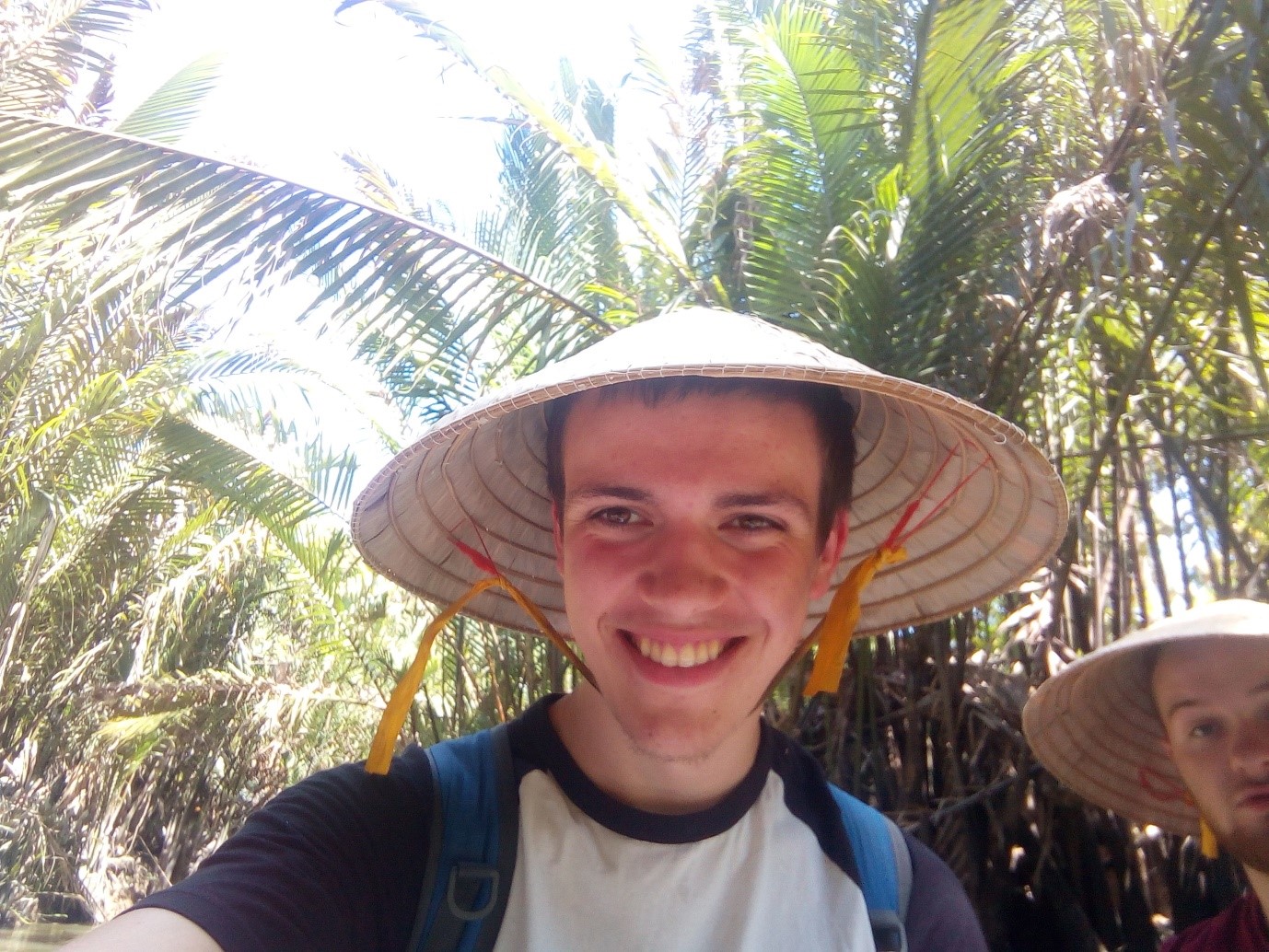
A Taste of Vietnamese
For any country I go to, I try to make at least some effort to pick up the language. It can give you a richer experience, allow you to connect with local people on a deeper level than other tourists, and show that you’re a respectful traveller who’s interested in learning about the country.
I learned some Vietnamese on the internet before travelling, and it had a few interesting features to explore. All Vietnamese words are one syllable, and to make a big word you just put several small words together – the word for helicopter is “máy bay trực thăng”, which literally means straight ascending flying machine. Vietnamese words also have no genders, plurals, tenses, or conjugations, just like in Chinese.
One unique feature of Vietnamese is its extensive range of personal pronouns. In English we can use “I” and “you” in every situation, but in Vietnamese there are several different words we can use depending on the age, gender, social status and mutual attitude of the speaker and the listener. For instance, if I were talking to a friend my age, I’d use the words “tôi” and “bạn” for “I” and “you”, but if I were talking to an older man, I’d use the words “em” and “anh” instead, or “em” and “chị” if I were talking to an older woman. This means you have to carefully consider your listener’s age, status and level of familiarity before you can even say something as simple as “nice to meet you”.
Perhaps the most interesting aspect of learning a new language is seeing which words it borrows from other languages, and what you can learn about the country’s history from these borrowed words.
For example, from the mid-19th to mid-20th Century, the French ruled Vietnam, and this had a noticeable impact on the Vietnamese language. Because of this, some Vietnamese words may sound rather familiar to French-speakers’ ears. To demonstrate this, I’ve listed six Vietnamese words below – using your knowledge of French, try and match the words with the correct pictures:
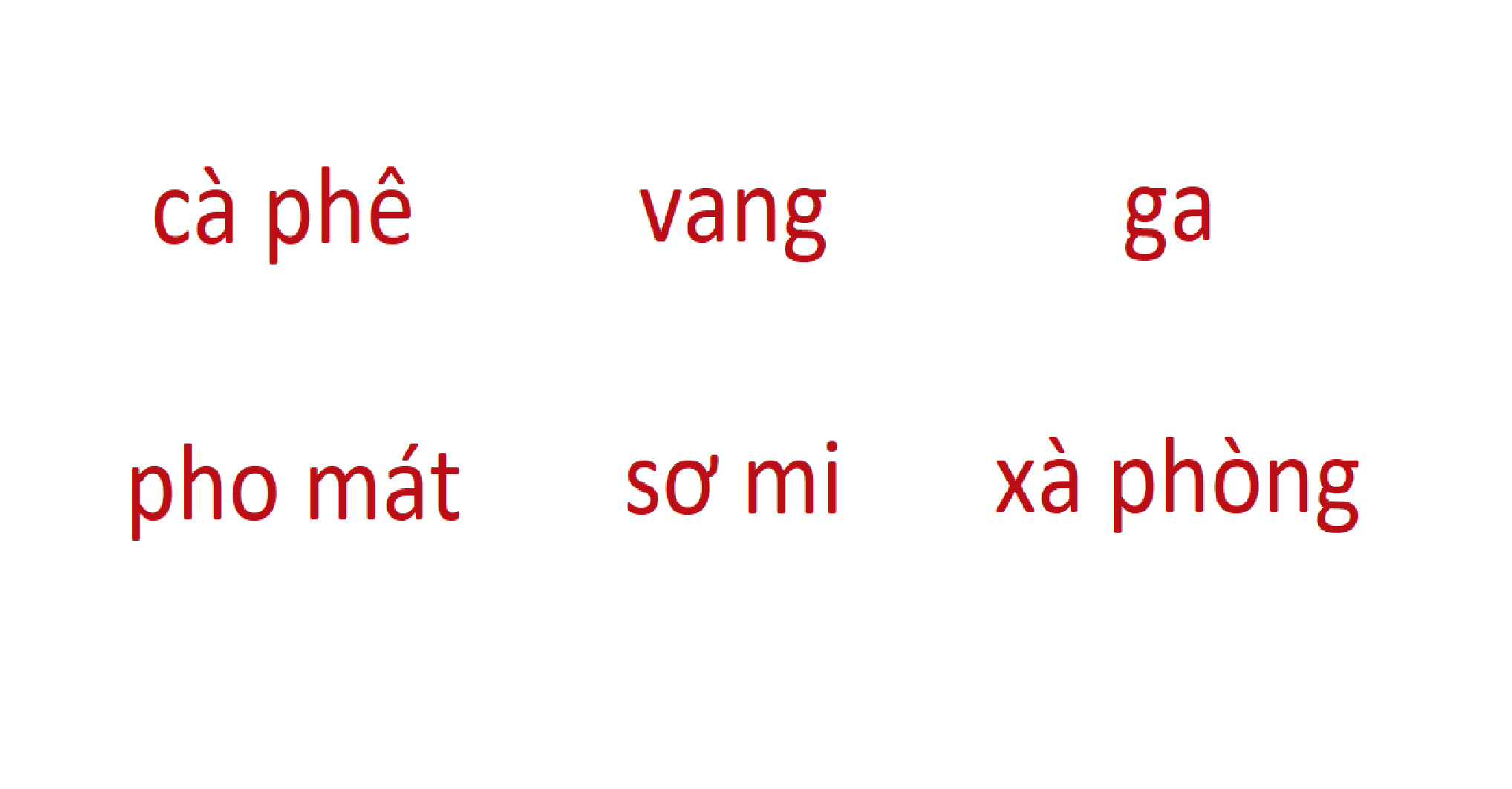
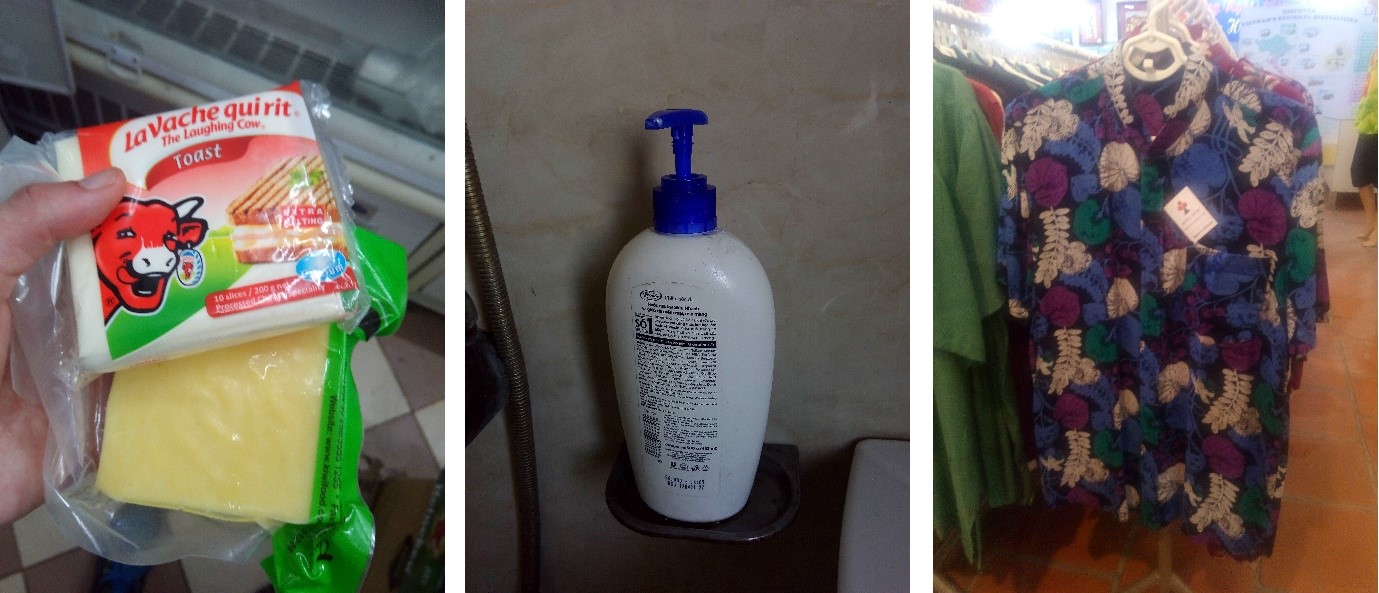

Answers
Cà phê = café
Vang = vin
Ga = gare
Pho mát = fromage
Sơ mi = chemise
Xà phòng = savon